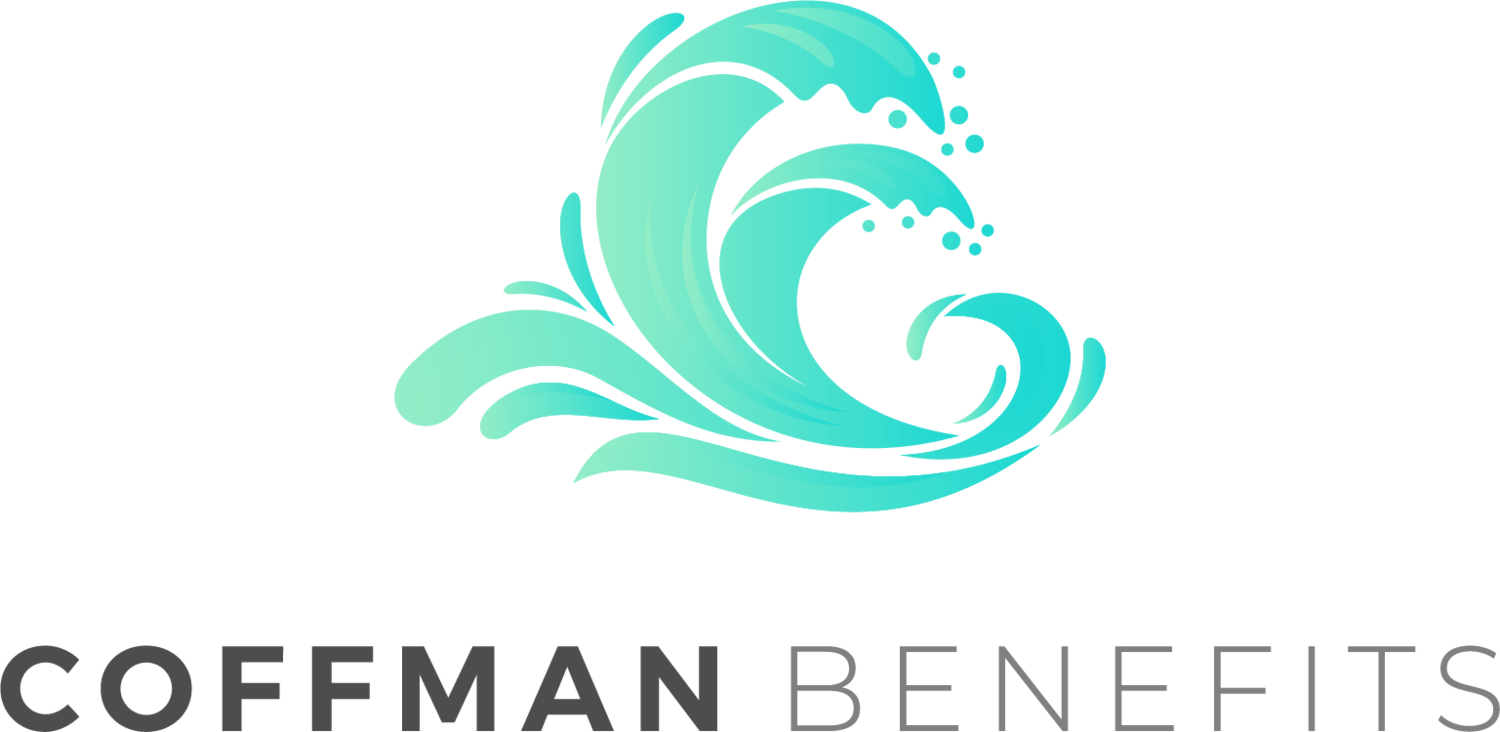Since being established as part of the Coronavirus Aid, Relief and Economic Security Act in March 2020, the Paycheck Protection Program (PPP) has been the subject of additional stimulus bills, legal guidance and interim final rules. In the latest development, Congress passed the Paycheck Protection Program Flexibility Act of 2020, which is a bill that provides borrowers with greater flexibility in spending PPP funds without compromising forgiveness eligibility. President Donald Trump signed the bill into law on Friday, June 5, 2020.
What is included in the bill?
The bill, which passed with a bipartisan vote, makes the following amendments to the PPP to provide relief to borrowers:
· Loan repayment terms—The bill extends the minimum loan term for unforgiven PPP loans from two years to five years.
· Payroll costs vs. nonpayroll costs— For forgiveness eligibility, the bill reduces the portion of PPP funds that must be spent on payroll costs from 75% to 60%, and raises the nonpayroll cost limitation from 25% to 40%.
· Covered period extension—The bill extends the covered period during which borrowers must spend the PPP funds to be eligible for forgiveness from eight weeks to 24 weeks from the date of origination of the loan.
· Payroll tax deferment—The bill permits borrowers to defer payroll taxes without being penalized while still remaining eligible for loan forgiveness.
· Extension of rehiring safe harbor—The bill extends the rehiring safe harbor by six months to provide borrowers with additional time to restore payroll levels or rehire employees without facing a reduction in the amount of forgiveness for which they are eligible. The original date was June 30, 2020, and the new date is Dec. 31, 2020.
In addition to the provisions above, the bill provides loan forgiveness eligibility exemptions for borrowers that are not able to rehire an employee or a replacement. There are also exemptions for loan forgiveness eligibility for borrowers that are not able to return to the same level of business due to complying with COVID-19-related orders or circumstances.
What’s next?
Borrowers should review the bill carefully and speak to their lender should they have any questions. In addition, borrowers should direct any questions regarding their PPP loan to their lender.
We will continue to monitor any additional developments regarding the PPP and deliver updates as necessary. For more information about the PPP, contact Coffman Insurance Agency, Inc..


